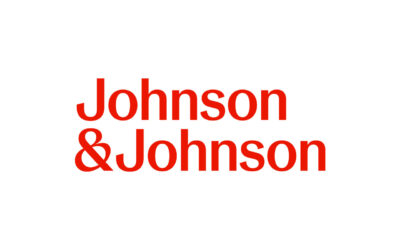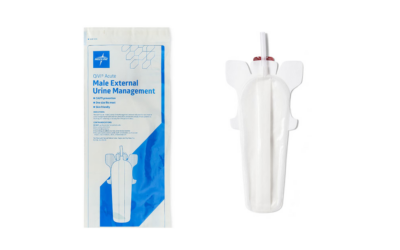Every year Americans buy nearly 600 million pounds of candy for Halloween. The US population is 325 million, so that means Halloween is adding almost two pounds of candy to the diets of the average American. Not scared yet? That’s an additional 3,500-5,000 calories from highly processed, high sugar and high fat foods, not real food. And consider that two-thirds of children already consume 22 teaspoons (almost ½ cup) of sugar daily, which is almost four times more than the recommended upper limit.
That is a scary picture of our diets and even scarier if we focus on children’s diet, says the American Institute for Cancer Research (AICR). One of AICR’s Cancer Prevention Recommendations is to limit processed foods like candy that is high in calories and sugar (and often added fat). Eating these foods regularly puts adults and children at increased risk for weight gain.
“The evidence is very strong for the role of overweight and obesity in elevating the risk for 12 types of cancer. With more than 70% of the US population having overweight or obesity, controlling weight gain is a high priority. Limiting consumption of Halloween candy is a relatively easy step to take,” says Dr. Nigel Brockton, Director of Research at AICR.
The concentrated consumption of candy throughout the year means that Halloween candy are no longer just an occasional treat. They now rise to the status of everyday food, replacing healthier foods like vegetables, whole grains, and fruit. Adding these calorie-laden Halloween candy means a potential average weight gain of one pound…every year. Year after year, careless consumption of Halloween candies could add 10 pounds over 10 years. Children, like adults, risk weight gain from consuming these calorie dense candy, which hikes their chances for having overweight and obesity in adulthood.
This is an urgent concern because the scientific evidence shows that excess body fatness in adulthood is a major risk factor for at least 12 types of cancer. In fact, obesity is the single biggest preventable cause of cancer after smoking. Consequently, experts working on the diet-cancer link are urging Americans – both children and adults – to limit their consumption of candy throughout the year and to be smart about consuming Halloween candy.
“We are not saying that you and your children shouldn’t ever have a treat, but be aware that regular consumption of sweet treats throughout the year can add up and undermine other healthy choices that you are trying to make,” says Alice Bender, MS, RDN, Director of Nutrition Programs at AICR.
If you want to begin cutting back on your family’s candy consumption this Halloween, there are delicious, easy alternatives to snack on. AICR recommends one of these options that are easily prepared at home:
Notes to editors:
The Third Expert Report, Diet, Nutrition, Physical Activity, and Cancer: A Global Perspective, released by the American Institute for Cancer Research (AICR) and the World Cancer Research Fund (WCRF), presents a set of findings on reduction of cancer risk. The evidence shows that modifying what people eat, being more physically active, having a healthy body weight and making other health-related choices can prevent nearly half of all cancer diagnoses.
AICR’s Cancer Health Check is an easy-to-use tool that outlines the changes you can make to follow AICR’s evidence-based Cancer Prevention Recommendations. Please visit www.cancerhealthcheck.org.
AICR’s New American Plate Challenge, led by registered dietitians, is a 12-week program providing information, recipes and the support of an online community to help participants incorporate changes into their daily routines. More than 5,000 individuals have already participated in the challenge.









